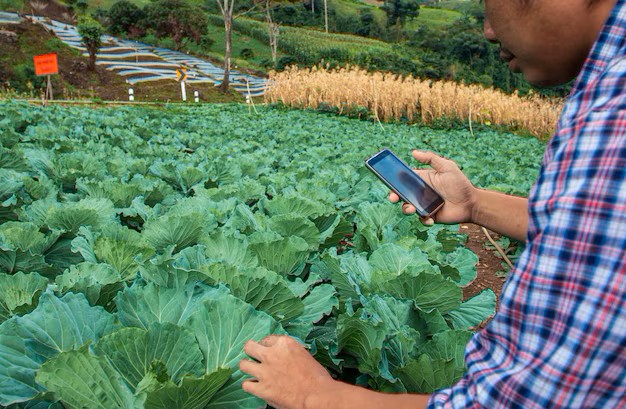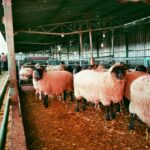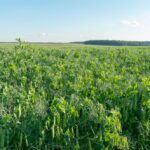Pest management has long been a critical challenge in agriculture, often requiring costly, labor-intensive processes and the widespread use of chemical pesticides. However, the introduction of artificial intelligence (AI) into pest control practices is transforming the way farmers approach pest management, offering solutions that are smarter, safer, and more sustainable.
AI-powered pest management systems leverage machine learning, image recognition, and data analytics to detect pests, predict infestations, and recommend the most effective control strategies. These technologies enable farmers to manage pest issues with a level of precision and efficiency that was previously impossible.
One of the most significant benefits of AI in pest management is its ability to detect pests early. Advanced AI models can analyze images from drones, cameras, and sensors to identify pests or signs of disease before they become visible to the human eye. For instance, AI systems can detect the presence of a particular pest by recognizing the characteristic damage it causes to crops or by identifying the pest itself through high-resolution images. Early detection allows farmers to intervene before infestations spread, reducing crop loss and minimizing the need for reactive measures.
AI also enhances the safety and sustainability of pest management. By integrating data from weather patterns, soil conditions, and pest populations, AI can offer highly targeted pest control recommendations. This means that farmers can apply pesticides and other treatments only where and when they are needed, reducing the overall amount of chemicals used. This targeted approach minimizes environmental impact, preserving biodiversity, and protecting beneficial insects like pollinators.
Moreover, AI-driven pest management supports the adoption of integrated pest management (IPM) strategies, which combine biological, cultural, and chemical methods to control pests in the most environmentally friendly way. AI can suggest natural pest control options, such as the introduction of predators or parasites, alongside traditional treatments, providing a holistic approach to pest management that reduces reliance on harmful chemicals.
In addition to improving pest control, AI in agriculture helps farmers reduce costs and increase productivity. By automating the process of monitoring crops and predicting pest outbreaks, farmers can optimize labor and resource use, leading to more efficient operations. The cost savings from reduced pesticide use and crop loss are significant, making AI a valuable investment for farmers across the globe.
As AI continues to evolve, the potential for more advanced, sustainable pest management practices grows. With innovations like autonomous robots, real-time data processing, and advanced predictive models, the future of pest management looks promising. Farmers will be equipped with smarter tools to safeguard their crops while ensuring a healthier environment for future generations.
Join 'Farmers Mag' WhatsApp Channel
Get the latest Farming news and tips delivered straight to your WhatsApp
CLICK HERE TO JOIN






